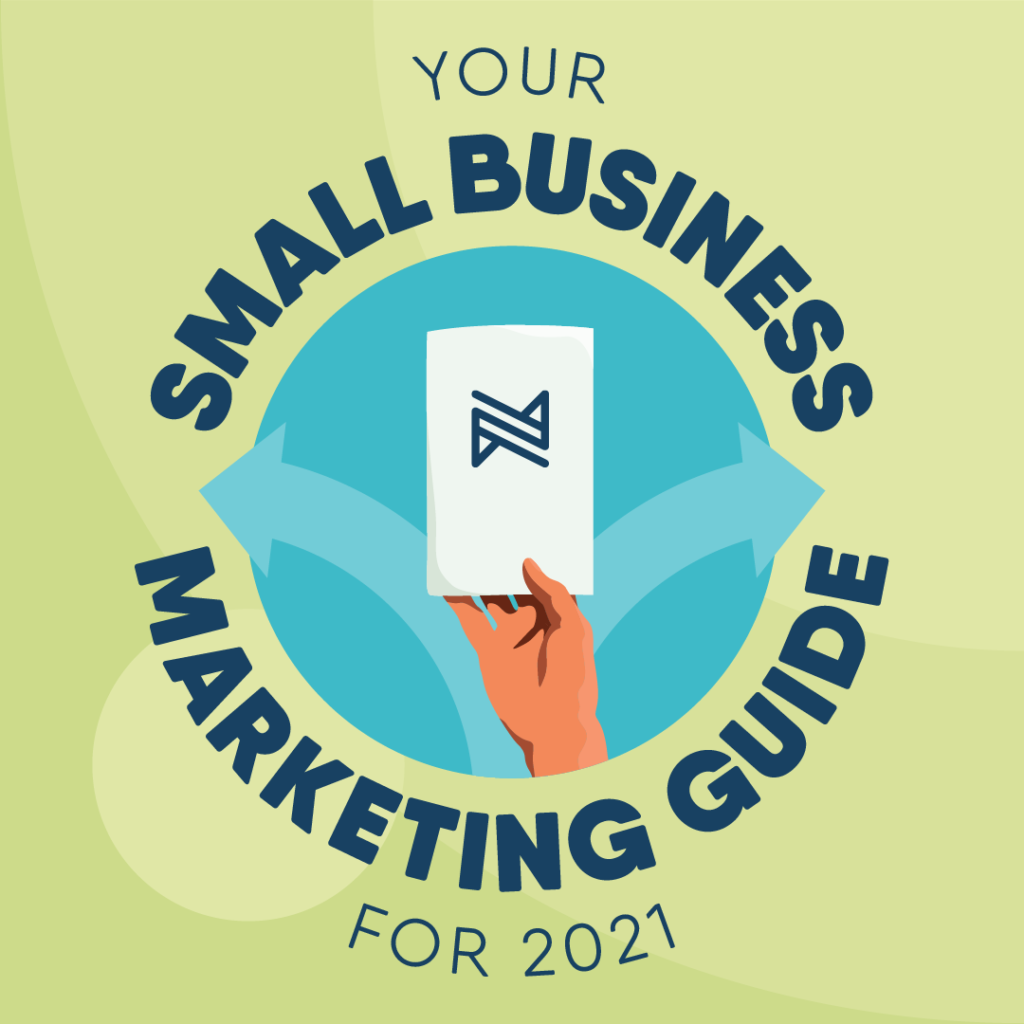by Claire Barham
It’s no secret 2020 was not an easy year for the small business owner. You may have started with high hopes for local marketing endeavors, but this likely turned into a focus on simply staying afloat – and if your small business made it to 2021 in one piece, consider this a big win.
While it’s too soon to say the economy is in the clear, it’s looking like brighter times are ahead for us this year. It’s welcome news for SMB owners, and particularly those who wish to get back to (or kick start) local marketing efforts to help grow their small business.
If you’re wondering what you can do to better market your small business in 2021, and specifically to have your message resonate with the right audience, look no further! At The N2 Company, we’re all about helping great businesses connect with their ideal clients, and we have a few small business marketing strategies to share so that you may prosper in 2021 and beyond.
Disclaimer: Though the marketing strategies unique to this year are a direct result of the impact of COVID-19, we solemnly swear not to work in the phrases “unprecedented times” or “now more than ever” in this blog post. You’re welcome.
Three Local Marketing Strategies for Small Businesses in 2021
1. Take advantage of the renewed focus on supporting local businesses.
In a 2020 survey commissioned by Groupon and executed by OnePoll, they found 75% of consumers plan to support local businesses as much as they can as COVID restrictions allow. They also found the average American plans to spend $100 a week at local businesses post-pandemic – a 16% increase from pre-COVID times. A much-welcomed silver lining to come from the pandemic! Local residents want to support their community businesses. So on the part of the business owner, it’s up to you to let them know you are there.
To prepare for your 2021 marketing strategy, it’s smart to start by listing all the ways in which a local consumer could possibly get acquainted with your brand. Where and how is your message being shared currently? Consider the following:
- Word of mouth (direct referrals, online reviews, Nextdoor postings)
- Digital marketing (website, blogs, social media pages, email newsletters, digital advertising)
- Traditional advertising (brick and mortar storefront, billboards, print media advertising, radio advertising, branded work vehicles, yard signs, events, public relations / news stories)
An exhaustive list of every possible interaction a consumer can have with your brand will give you a good idea of where you may be missing an opportunity to market your business and let local residents know how and why they should work with you. Consider where you may be missing an opportunity, or where you may be spending money that isn’t worth the investment.
2. Understand the unique headspace your target clientele is in right now.
You might know exactly where and how your brand’s message is getting out, but the mode of distribution doesn’t actually matter if the message itself doesn’t speak to the audience. In other words, the story you tell is more important than where you tell it or who you tell it to. Maybe you’ve worked to attract the same type of consumer for years. Let’s say, affluent homeowners within a three-town radius. Historically, your brand’s message has really resonated with this group because you’ve spoken to their lifestyle, wants, and needs.
Whelp, 2020 changed things.
You will be hard-pressed to find any group of people whose fears, worries, desires, and more, did not experience a shake-up – whether due to the pandemic’s economic impact, the toll on the health of loved ones, the changes in political tides, and so on. This is not to say your brand’s message needs to become mournful or solemn. This is to say yours, like all other brands, would benefit from digging deeper into how your ideal audience feels right now and ensure the story you’re telling has considered this emotional change. And we’re willing to bet a renewed focus on connection, compassion, and support could go a long way in attracting local consumers to turn to you in the new year.
3. Stretch your post-2020 budget by cutting out marketing “waste.”
This third strategy is actually the result of the first and second strategies in action. Too often, business owners are guilty of falling for the marketing myth that the more advertising you do and the more people you get in front of, the better your results will be. This can be true – but only if the product or service you’re providing is truly beneficial, affordable, and realistic for every person.
We’re willing to bet this isn’t true for you.
While throwing money into many marketing avenues in order to get in front of everyone and anyone is a poor strategy any given year, it’s more important now to spend what marketing budget you may still have wisely. This year, really consider who your ideal customer is. When you can detail what this group of people look like, act like, live like, etc., you can tailor your messaging specifically to them. And thanks to the magic of highly targeted marketing options – digital advertising and hyperlocal print advertising top the list – you can limit your marketing efforts (and budget) to only spend money getting in front of those ideal clients.
No one can predict with total accuracy what the next year has in store for small businesses, but the strategies listed above are tried and true. And when the time comes for our economy – and lives in general – to get back to “normal,” we hope these steps will help you move beyond simply staying afloat and toward growth and prosperity. Here’s to successfully marketing your local business in 2021!





